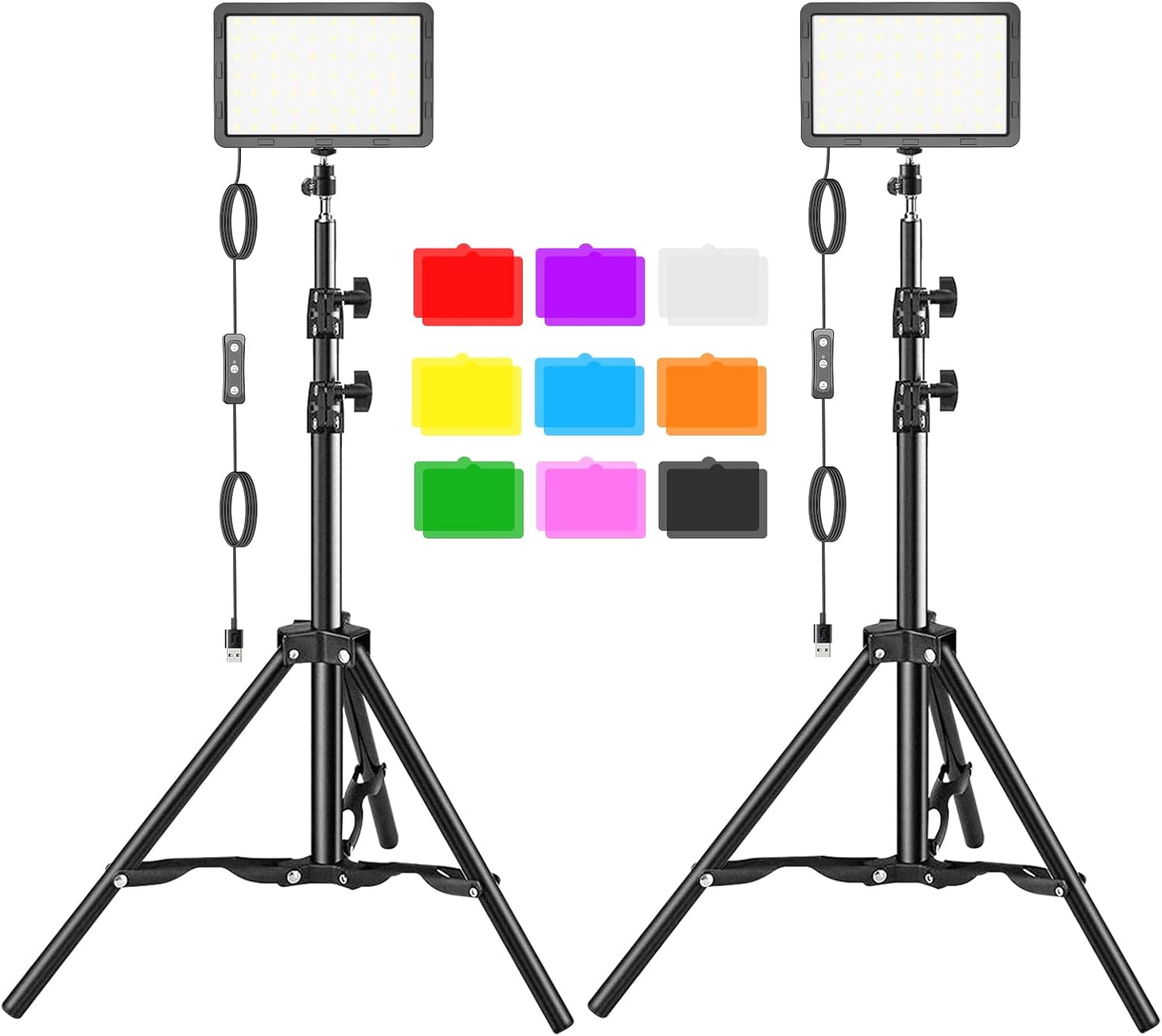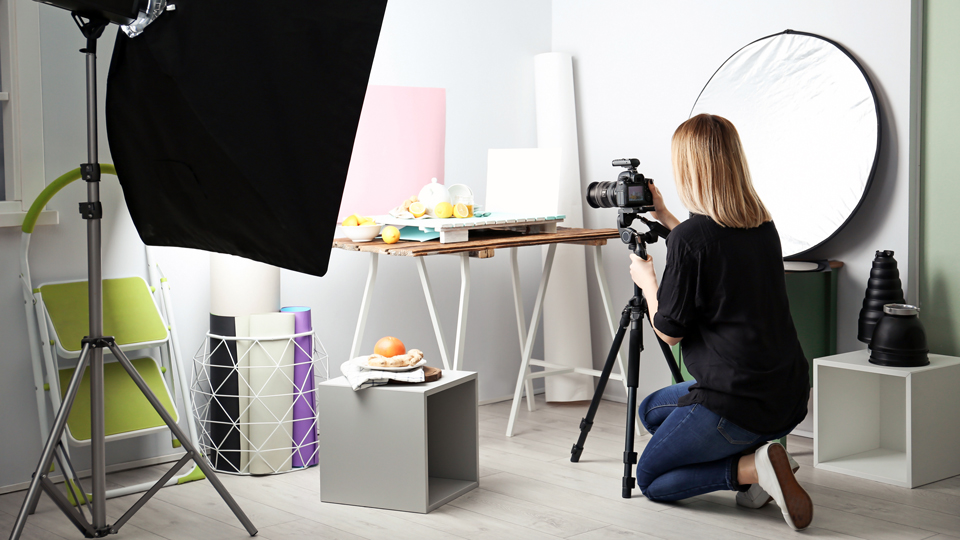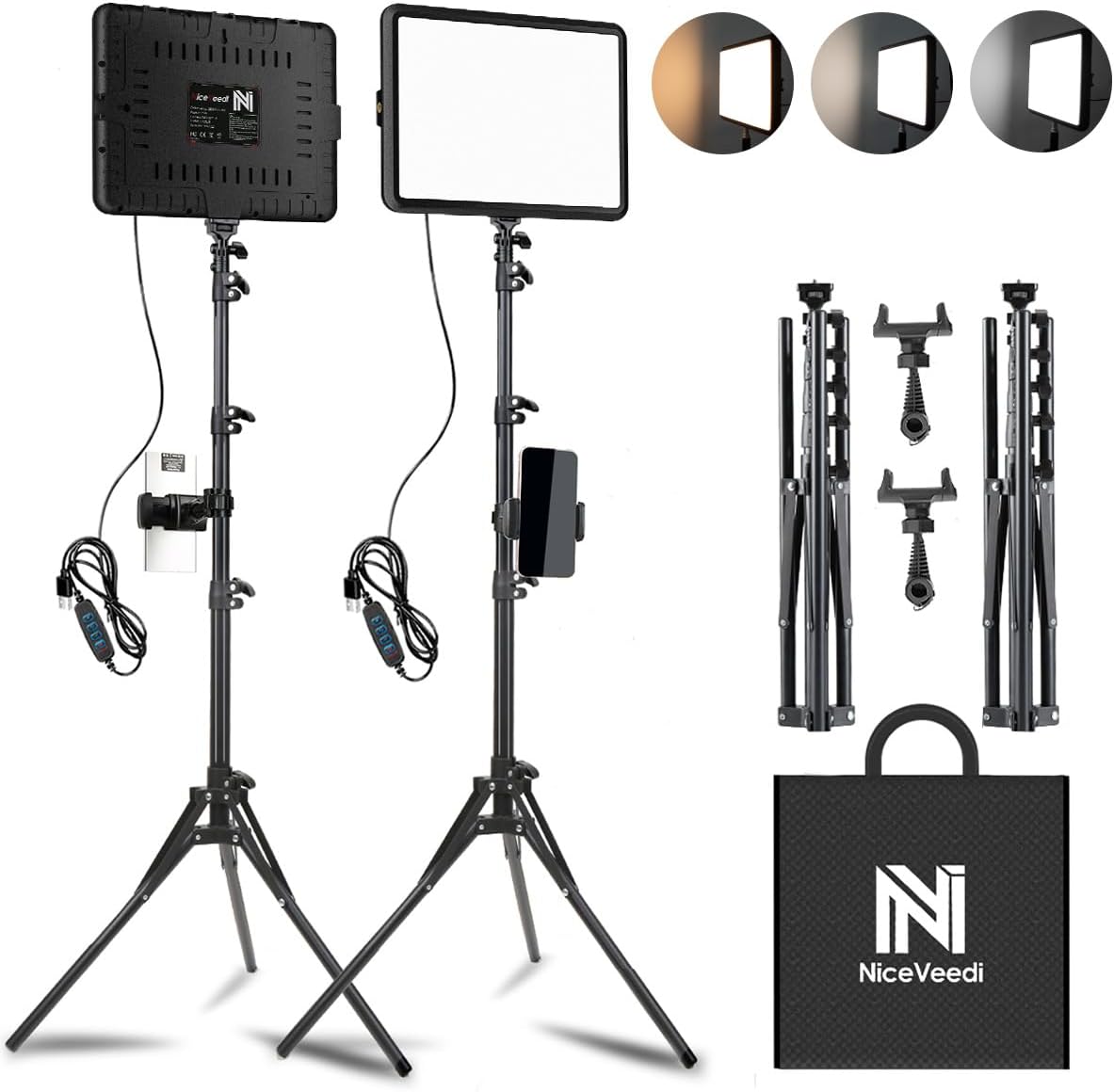What Type of Lighting is Best for Portrait Photography?
In the world of professional photography, lighting plays a pivotal role that can distinctly enhance or undermine a portrait. Grasping what type of lighting is best for portrait photography empowers photographers to refine their skills and create captivating images that resonate with viewers. Whether working in a studio setting or capturing the perfect shot on location, an effective lighting setup can transform the ambiance and accentuate the subjects features, ultimately weaving a compelling narrative through your lens.
This article will explore various lighting methods, tools, and arrangements, providing guidance for photographers to make educated lighting choices during their portrait sessions. Lets shed light on the journey to exceptional portrait lighting!

Getting Acquainted with Portrait Lighting Basics
A solid understanding of lighting fundamentals is crucial for photographers. Lighting can be classified into three primary types: natural light, artificial light, and mixed lighting. Each category boasts distinct attributes that cater to various styles of portrait photography.
Natural light is often favored for its genuineness, yet it brings challenges regarding consistency and control. On the other hand, artificial lightinglike studio strobes and continuous LED setupsaffords more mastery over shadows and highlights. Mixed lighting harmonizes both natural and artificial sources, allowing for innovative creative expressions.

Popular Lighting Types in Portrait Photography
Now, let's take a closer look at the most commonly used types of lighting in portrait photography that professionals frequently rely on:
1. Softbox Lighting
Softboxes are immensely popular among portrait photographers for their ability to produce soft, diffused light. They reduce harsh shadows and facilitate even light distribution across the subject's face. The gentle, enveloping quality of light from softboxes is perfect for fashion, beauty, and family portraits.
2. Umbrella Lighting
Functioning similarly to softboxes, umbrellas diffuse light and enhance the quality of your portraits. They are more portable and budget-friendly, making them an excellent choice for photographers looking to save costs. Both reflective and shoot-through umbrellas provide diverse lighting effects.
3. Ring Lights
If you aim to achieve the classic look associated with beauty photography, ring lights are your go-to option. These circular lights offer uniform illumination, minimizing shadows and producing a flattering halo around your subject. Theyre especially favored in beauty and fashion shoots.
4. Natural Window Light
Using window light can yield stunning portraits when shooting in natural settings. Position your subject near a window to capture the soft, natural light that beautifully enhances emotive photography.

Unlocking Creative Lighting Techniques
Beyond merely selecting lighting equipment, photographers should also explore various techniques to creatively manipulate light.
1. Backlighting
Backlighting involves placing the light source behind the subject, which highlights the edges and produces a mystical glow around the subject. This technique adds depth and drama to your portraits.
2. Rembrandt Lighting
A timeless classic, this lighting technique is identified by a triangular patch of light under the eye on the shaded side of the face. Positioning your key light at a 45-degree angle above the subjects head will achieve this sophisticated look.
3. Split Lighting
Ideal for creating dramatic and moody portraits, split lighting divides the face into illuminated and shadowy areas. This technique highlights facial features and can evoke powerful emotional responses.

Essential Equipment for Portrait Lighting
Investing in the right tools is vital in realizing your vision for portrait photography. Along with the lighting types discussed, here are some key pieces of gear you should consider:
- Modifiers: Softboxes, umbrellas, and diffusion materials
- Light Stands: For stability and adaptability
- Reflectors: To bounce light and fill in shadows
- Triggers: For remote control of studio lights
Natural vs. Artificial Lighting: Choosing Your Path
Your choice between natural and artificial lighting hinges on several factors, including location, time of day, and the effects youre aiming to achieve. If capturing your subject's essence in a straightforward yet elegant way is the goal, natural light may be the best fit. In contrast, if you need complete control over light placement and intensity, artificial lighting is your better option.
Defining Your Style and Techniques
Every photographer possesses a unique style, significantly influencing their lighting choices. Experimenting with various lighting types and blending techniques can help you cultivate a signature look that distinguishes your work. Ultimately, let your creative vision guide the decisions you make regarding lighting.
Post-Processing: Refining Your Portraits
The journey of effective portrait photography doesnt conclude with the shoot; it extends into post-processing. Once your session is over, utilize photo editing software to further enhance your images. Modifying brightness, contrast, and color balance can greatly influence the final presentation.
Concluding Thoughts on Portrait Lighting
By mastering what type of lighting is best for portrait photography, photographers lay a robust groundwork for skill development. Embrace various techniques, comprehend the attributes of different lighting types, and continuously push the boundaries of your creativity. Your photographic journey is boundless, and with each click of the shutter, you possess the power to narrate extraordinary stories.
FAQs
1. What is the best lighting for outdoor portraits?
Natural light is often preferred for outdoor portraits, especially during the golden hour when the sun is low, creating soft and flattering light.
2. How can I reduce harsh shadows in my portrait lighting?
Employing softboxes or umbrellas to diffuse the light will dramatically lessen harsh shadows, ensuring an even light distribution across your subject.
3. What lighting setup is ideal for novices?
New photographers should consider starting with simple gear like a single softbox or a reflective umbrella combined with natural light, which facilitates easy learning and adaptation.
As an Amazon Associate, I earn from qualifying purchases.
For additional insights on the role of lighting in photography, check out this valuable resource.
Looking for a suitable camera bag for your gear? Read more here.
Wonder how many lenses a point-and-shoot camera has? Find out here.
Need assistance connecting your DSLR camera to OBS? Learn here.
Want to go live on Facebook with your DSLR? Discover how here.
Curious about connecting wireless headphones to your Chromebook? Find the steps here.

